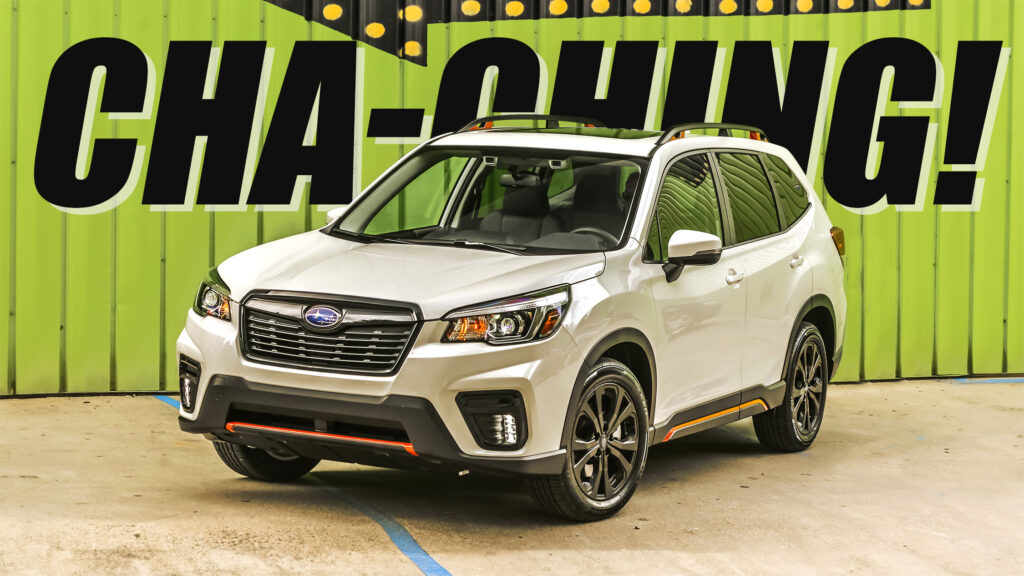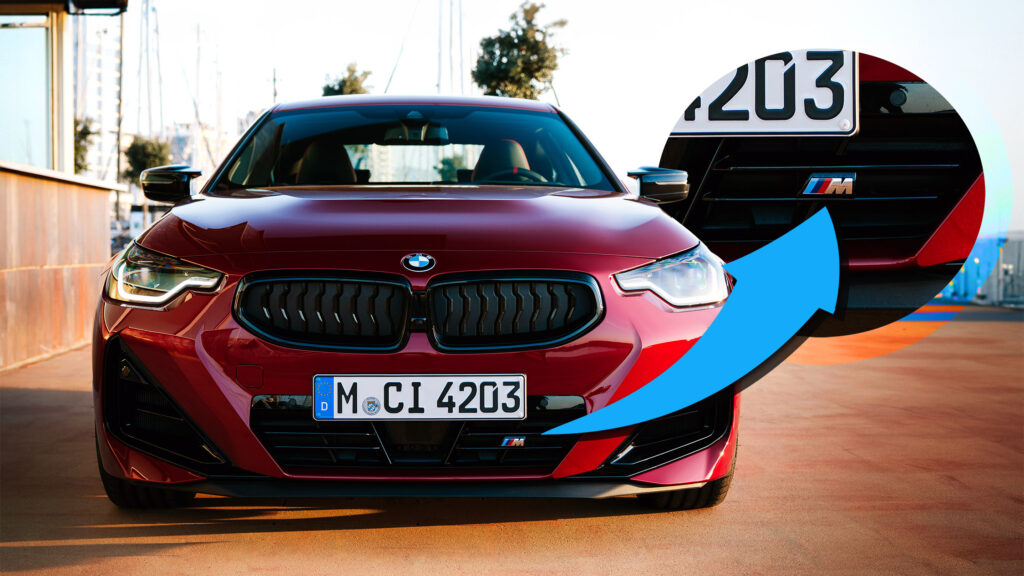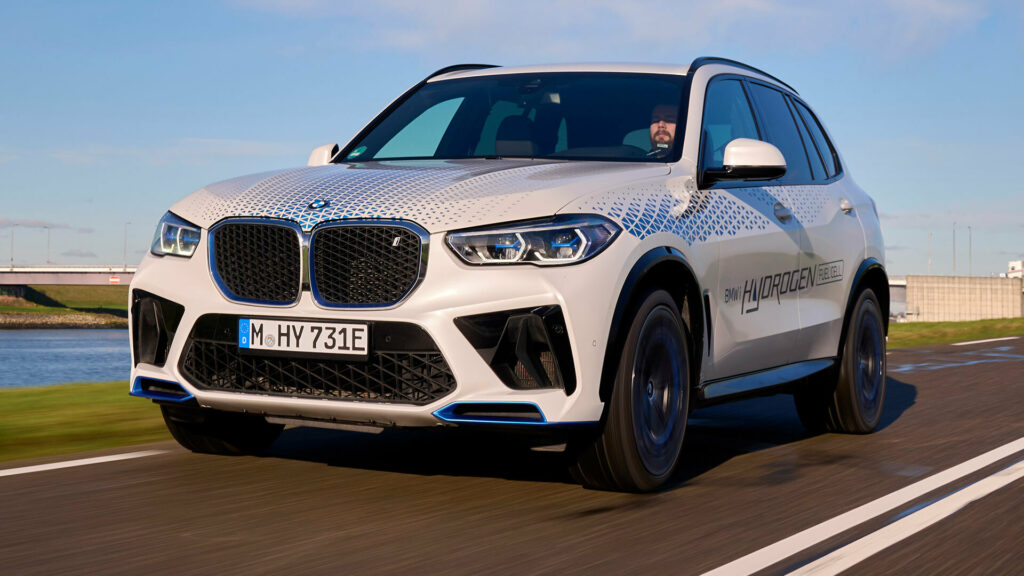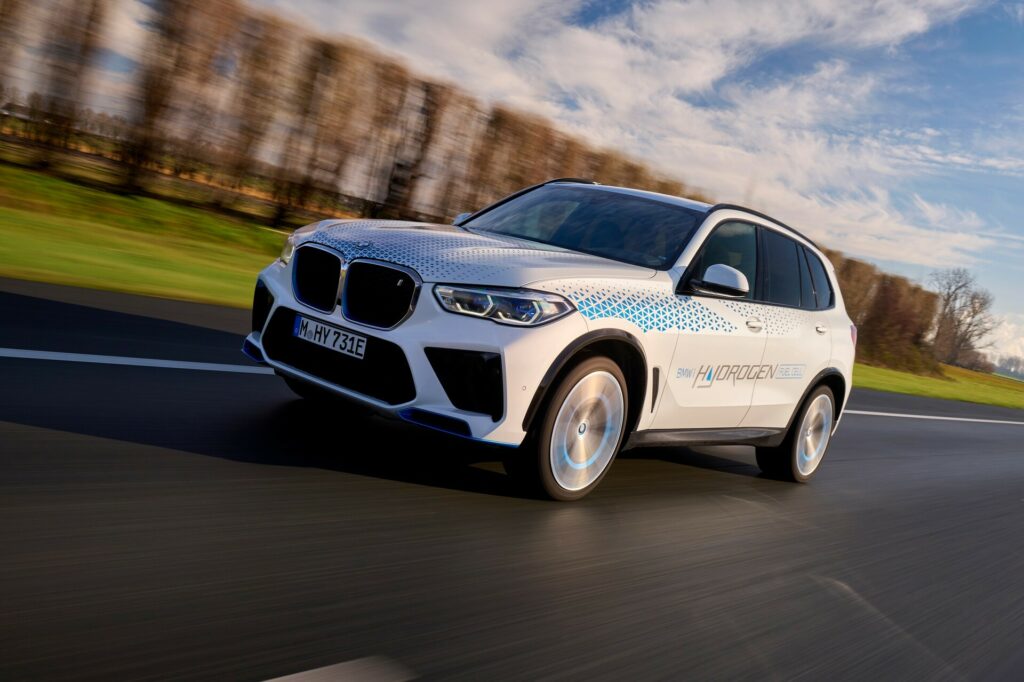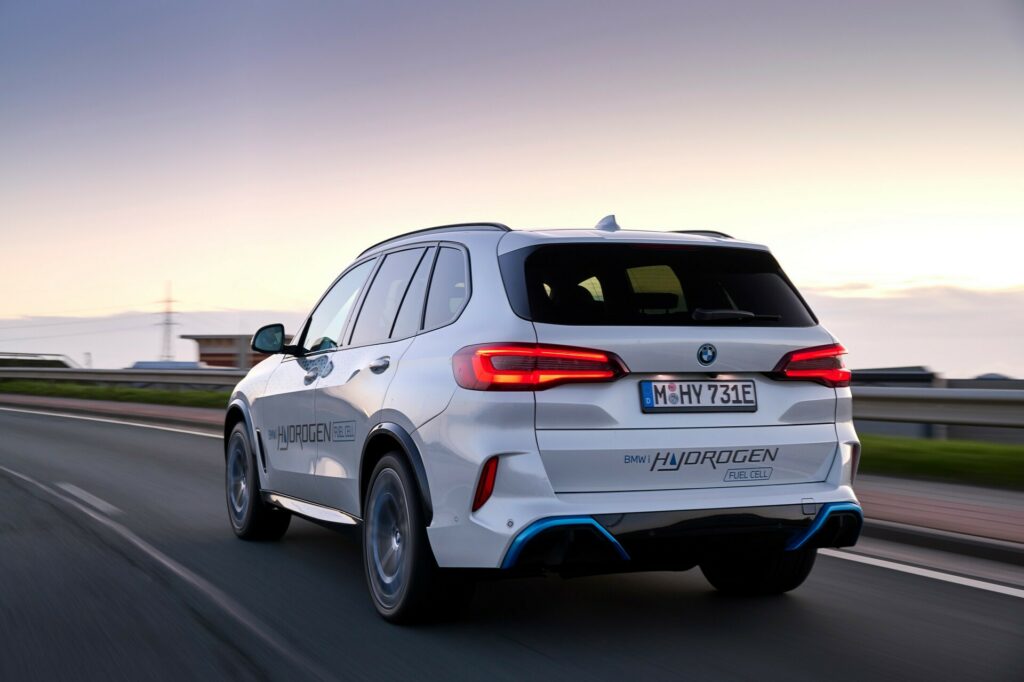BMW has launched a pilot fleet of iX5 Hydrogen models that have been four years in the making. A number of international media representatives will soon have the opportunity to test the new SUV as it enters the critical next phase of development.
The German car manufacturer has revealed that its pilot fleet of iX5 Hydrogen models consists of less than 100 vehicles that will be introduced to various markets around the world for demonstration and trial purposes “for various target groups.” The pilot program will include driving experiences that will give people not involved in the SUV’s development the first chance to see what it is all about.
“Hydrogen is a versatile energy source that has a key role to play in the energy transition process and therefore in climate protection. After all, it is one of the most efficient ways of storing and transporting renewable energies,” chairman of the Board of Management of BMW AG, Oliver Zipse described in a statement. “We should use this potential to also accelerate the transformation of the mobility sector. Hydrogen is the missing piece in the jigsaw when it comes to emission-free mobility. One technology on its own will not be enough to enable climate-neutral mobility worldwide.”
Read: Hy-5s All Around At Munich As BMW Begins iX5 Hydrogen Production
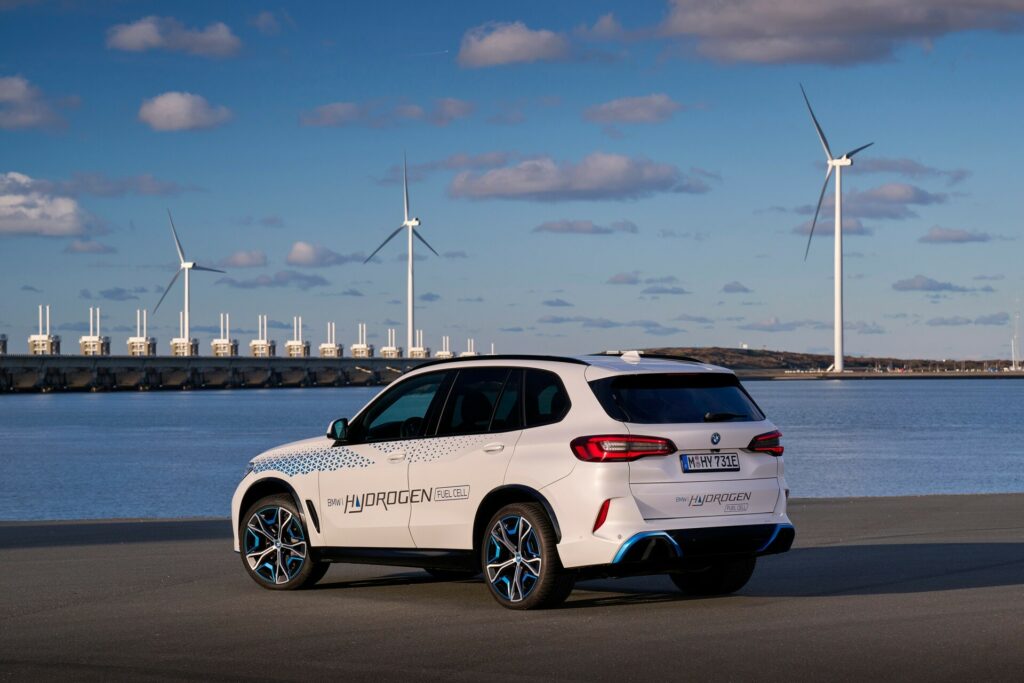
The BMW iX5 Hydrogen was first shown as a concept at the IAA Auto Show in 2019 and while many car manufacturers have abandoned plans to pursue hydrogen powertrains over the past few years, BMW still thinks they have an important role to play.
Each iX5 Hydrogen starts out life as a standard X5 built at the automaker’s plant in Spartanburg, South Carolina. The SUV is then sent to the company’s Research and Innovation Center in Munich where a new floor is fitted to accommodate two large hydrogen tanks in the center tunnel and under the rear seat. BMW sources individual fuel cells from Toyota. The combustion engine is then replaced by an integrated drive unit that combines the electric motor, transmission, and power electronics into a compact housing.



